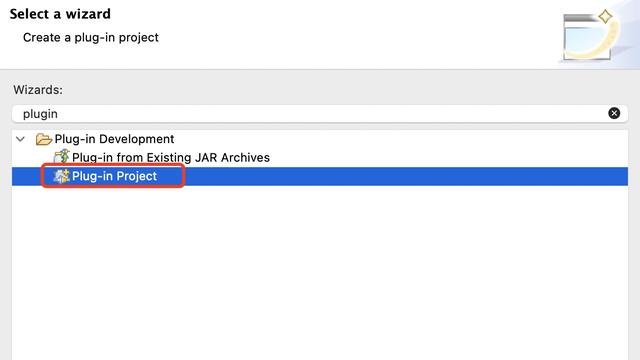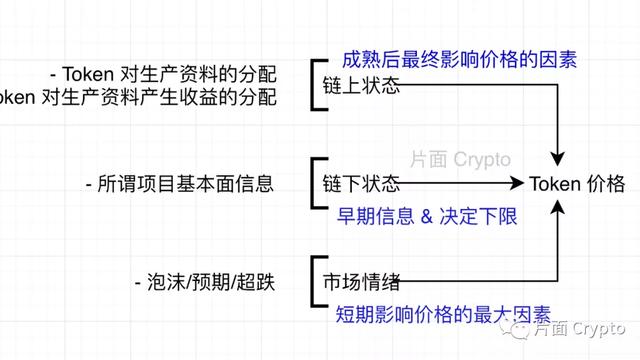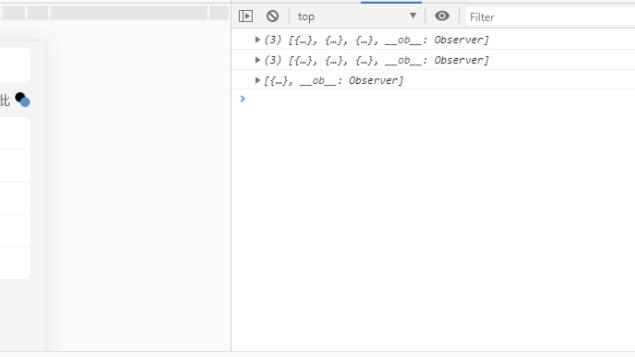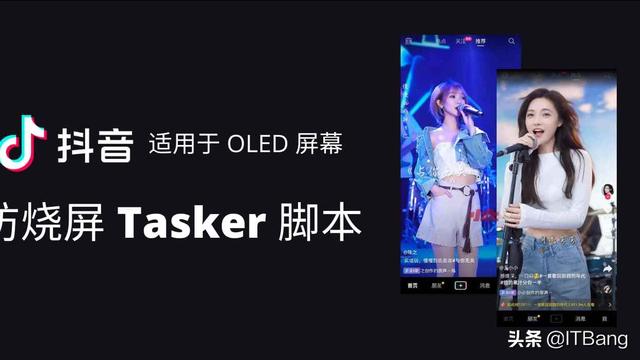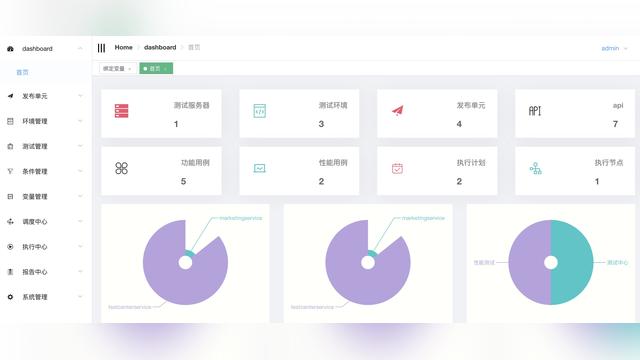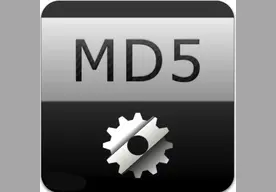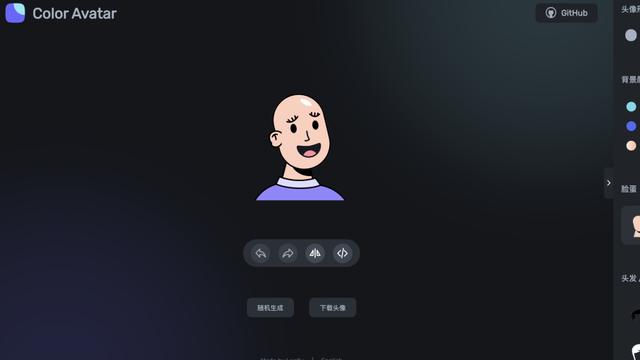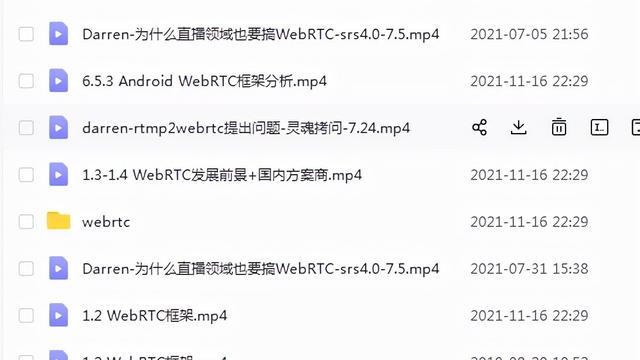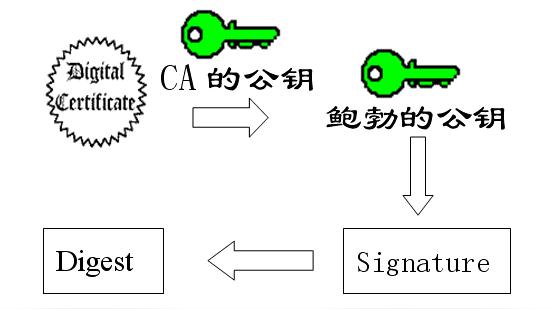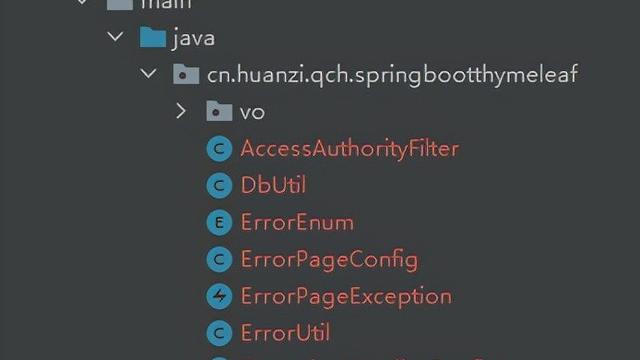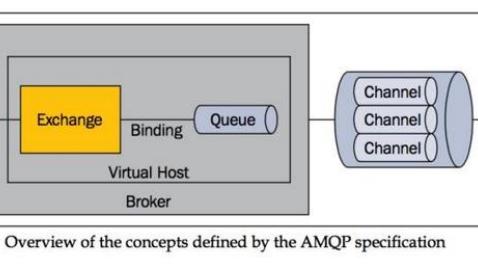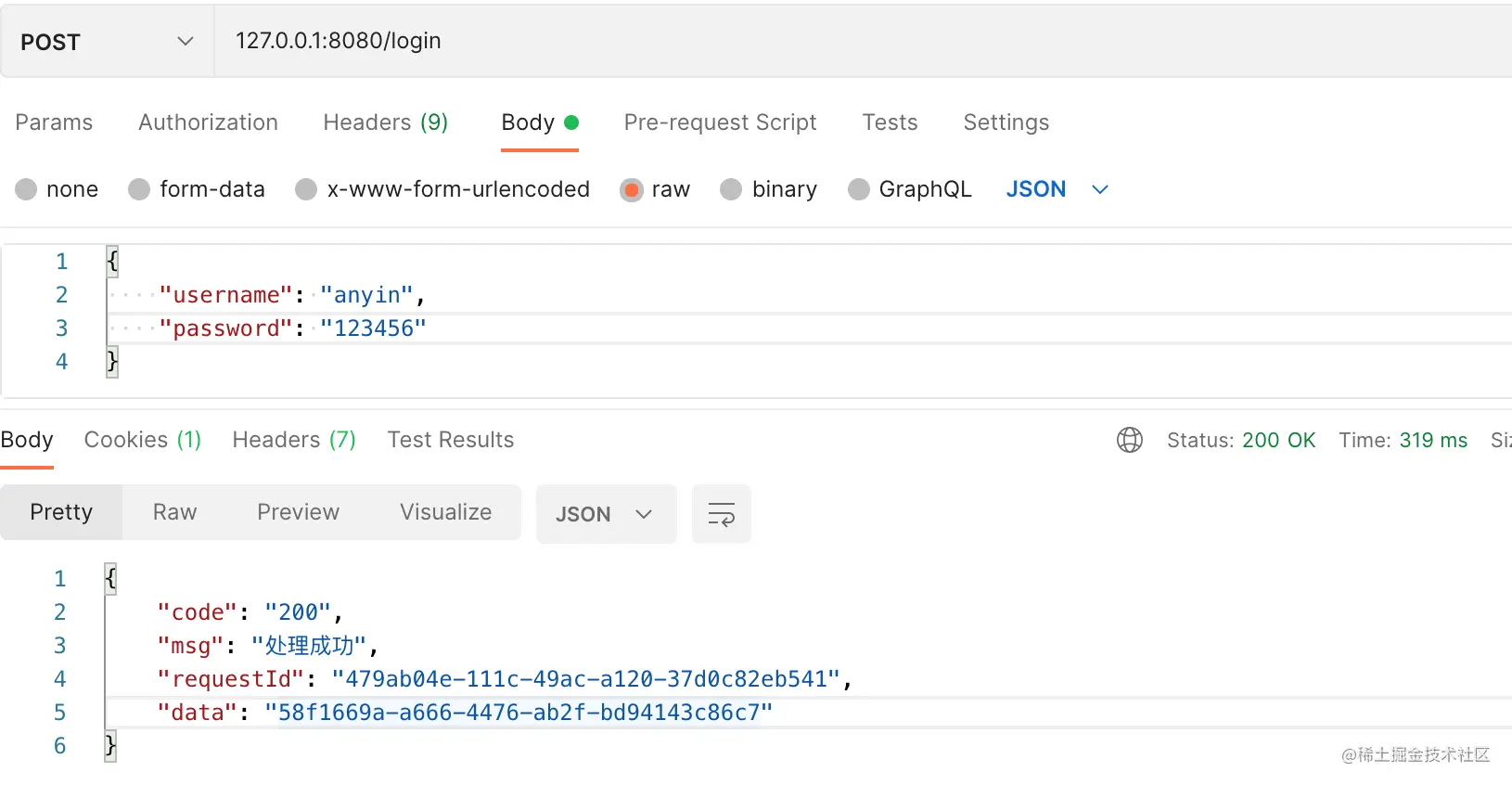拒做PB Boy!教你巧用 Protobuf 反射来优化代码
作者:iversonluo,腾讯 WXG 应用开发工程师
有些后台同学将自己称为 SQL Boy,因为负责的业务主要是对数据库进行增删改查。经常和 Proto 打交道的同学,是不是也会叫自己 PB Boy?因为大部分工作也是对 Proto 进行 SET 和 GET。面对大量重复且丑陋的代码,除了宏是否有更好的解决方法?本文结合 PB 反射给出了我在运营系统开发工作中的一些代码优化实践。
一、背景
Protobuf(下文称为 PB)是一种常见的数据序列化方式,常常用于后台微服务之间传递数据。
笔者目前主要的工作都是和表单打交道,而表单一般涉及到大量的数据输入,表单调用方一般将数据格式化为 JSON 后传给 CGI,而 CGI 和后台服务、后台服务之前会用 PB 传递数据。
在写代码时,经常会遇到一些丑陋的、圈复杂度较高、较难维护的关于 PB 的使用代码:
- 对字段的必填校验硬编码在代码中:如果需要变更校验规则,则需要修改代码;
- 一个字段一个 if 校验,圈复杂度较高:对传进来的字段每个字段都进行多种规则校验,例如长度,XSS,正则校验等,一个校验一个 if 代码,代码圈复杂度很高;
- 想要获取 PB 中所有的非空字段,形成一个 map<string,string>,需要大量的 if 判断和重复代码;
- 在后台服务间传递数据,由于模块由不同的人开发,导致相同字段的命名不一样,从一个 PB 中挑选一部分内容到另外一个 PB 中,需要大量的 GET 和 SET 代码。
是否可以有方法解决上面的几个问题呢?
答案是使用PB 反射。
二、PB 反射的使用
反射的一般定义如下:计算机程序在运行时可以访问、检测和修改它本身状态或行为。
protobuf 的类图如下:

从上图我们可以看出,Message 类继承于 MessageLite 类,业务一般自定义的 Person 类继承于 Message 类。
Descriptor 类和 Reflection 类都聚合于 Message,是弱依赖的关系。
类名类描述Descriptor对 Message 进行描述,包括 message 的名字、所有字段的描述、原始 proto 文件内容等FieldDescriptor对 Message 中单个字段进行描述,包括字段名、字段属性、原始的 field 字段等Reflection提供了动态读和写 message 中单个字段能力
所以一般使用 PB 反射的步骤如下:
1. 通过Message获取单个字段的FieldDescriptor
2. 通过Message获取其Reflection
3. 通过Reflection来操作FieldDescriptor,从而动态获取或修改单个字段
获取 Descript、Reflection 的函数:
const google::protobuf::Reflection* pReflection = pMessage->GetReflection();
const google::protobuf::Descriptor* pDescriptor = pMessage->GetDescriptor();
获取 FieldDescriptor 的函数:
const google::protobuf::FieldDescriptor * pFieldDesc = pDescriptor->FindFieldByName(id);
下面分别介绍上面的三个类。
2.1 类 Descriptor 介绍
类 Descriptor 主要是对 Message 进行描述,包括 message 的名字、所有字段的描述、原始 proto 文件内容等,下面介绍该类中包含的函数。
首先是获取自身信息的函数:
const std::string & name() const; // 获取message自身名字
int field_count() const; // 获取该message中有多少字段
const FileDescriptor* file() const; // The .proto file in which this message type was defined. Never nullptr.
在类 Descriptor 中,可以通过如下方法获取类 FieldDescriptor:
const FieldDescriptor* field(int index) const; // 根据定义顺序索引获取,即从0开始到最大定义的条目
const FieldDescriptor* FindFieldByNumber(int number) const; // 根据定义的message里面的顺序值获取(option string name=3,3即为number)
const FieldDescriptor* FindFieldByName(const string& name) const; // 根据field name获取
const FieldDescriptor* Descriptor::FindFieldByLowercaseName(const std::string & lowercase_name)const; // 根据小写的field name获取
const FieldDescriptor* Descriptor::FindFieldByCamelcaseName(const std::string & camelcase_name) const; // 根据驼峰的field name获取
其中FieldDescriptor* field(int index)和FieldDescriptor* FindFieldByNumber(int number)这个函数中index和number的含义是不一样的,如下所示:
message Student{
optional string name = 1;
optional string gender = 2;
optional string phone = 5;
}
其中字段phone,其index为 5,但是其number为 2。
同时还有一个我们在调试中经常使用的函数:
std::string Descriptor::DebugString(); // 将message转化成人可以识别出的string信息
2.2 类 FieldDescriptor 介绍
类 FieldDescriptor 的作用主要是对 Message 中单个字段进行描述,包括字段名、字段属性、原始的 field 字段等。
其获取获取自身信息的函数:
const std::string & name() const; // Name of this field within the message.
const std::string & lowercase_name() const; // Same as name() except converted to lower-case.
const std::string & camelcase_name() const; // Same as name() except converted to camel-case.
CppType cpp_type() const; //C++ type of this field.
其中cpp_type()函数是来获取该字段是什么类型的,在 PB 中,类型的类目如下:
enum FieldDescriptor::Type {
TYPE_DOUBLE = = 1,
TYPE_FLOAT = = 2,
TYPE_INT64 = = 3,
TYPE_UINT64 = = 4,
TYPE_INT32 = = 5,
TYPE_FIXED64 = = 6,
TYPE_FIXED32 = = 7,
TYPE_BOOL = = 8,
TYPE_STRING = = 9,
TYPE_GROUP = = 10,
TYPE_MESSAGE = = 11,
TYPE_BYTES = = 12,
TYPE_UINT32 = = 13,
TYPE_ENUM = = 14,
TYPE_SFIXED32 = = 15,
TYPE_SFIXED64 = = 16,
TYPE_SINT32 = = 17,
TYPE_SINT64 = = 18,
MAX_TYPE = = 18
}
类 FieldDescriptor 中还可以判断字段是否是必填,还是选填或者重复:
bool is_required() const; // 判断字段是否是必填
bool is_optional() const; // 判断字段是否是选填
bool is_repeated() const; // 判断字段是否是重复值
类 FieldDescriptor 中还可以获取单个字段的index或者tag:
int number() const; // Declared tag number.
int index() const; //Index of this field within the message's field array, or the file or extension scope's extensions array.
类 FieldDescriptor 中还有一个支持扩展的函数,函数如下:
// Get the FieldOptions for this field. This includes things listed in
// square brackets after the field definition. E.g., the field:
// optional string text = 1 [ctype=CORD];
// has the "ctype" option set. Allowed options are defined by FieldOptions in
// descriptor.proto, and any available extensions of that message.
const FieldOptions & FieldDescriptor::options() const
具体关于该函数的讲解在 2.4 章。
2.3 类 Reflection 介绍
该类提供了动态读、写 message 中单个字段能力。
读单个字段的函数如下:
// 这里由于篇幅,省略了一部分代码,后面的代码部分也有省略,有需要的可以自行阅读源码。
int32 GetInt32(const Message & message, const FieldDescriptor * field) const
std::string GetString(const Message & message, const FieldDescriptor * field) const
const Message & GetMessage(const Message & message, const FieldDescriptor * field, MessageFactory * factory = nullptr) const // 读取单个message字段
写单个字段的函数如下:
void SetInt32(Message * message, const FieldDescriptor * field, int32 value) const
void SetString(Message * message, const FieldDescriptor * field, std::string value) const
获取重复字段的函数如下:
int32 GetRepeatedInt32(const Message & message, const FieldDescriptor * field, int index) const
std::string GetRepeatedString(const Message & message, const FieldDescriptor * field, int index) const
const Message & GetRepeatedMessage(const Message & message, const FieldDescriptor * field, int index) const
写重复字段的函数如下:
void SetRepeatedInt32(Message * message, const FieldDescriptor * field, int index, int32 value) const
void SetRepeatedString(Message * message, const FieldDescriptor * field, int index, std::string value) const
void SetRepeatedEnumValue(Message * message, const FieldDescriptor * field, int index, int value) const // Set an enum field's value with an integer rather than EnumValueDescriptor. more..
新增重复字段设计如下:
void AddInt32(Message * message, const FieldDescriptor * field, int32 value) const
void AddString(Message * message, const FieldDescriptor * field, std::string value) const
另外有一个较为重要的函数,其可以批量获取字段描述并将其放置到 vector 中:
void Reflection::ListFields(const Message & message, std::vector< const FieldDescriptor * > * output) const
2.4 options 介绍
PB 允许在 proto 中自定义选项并使用选项。在定义 message 的字段时,不仅可以定义字段内容,还可以设置字段的属性,比如校验规则,简介等,结合反射,可以实现丰富丰富多彩的应用。
下面来介绍下:
import "google/protobuf/descriptor.proto";
extend google.protobuf.FieldOptions {
optional uint32 attr_id = 50000; //字段id
optional bool is_need_encrypt = 50001 [default = false]; // 字段是否加密,0代表不加密,1代表加密
optional string naming_conventions1 = 50002; // 商户组命名规范
optional uint32 length_min = 50003 [default = 0]; // 字段最小长度
optional uint32 length_max = 50004 [default = 1024]; // 字段最大长度
optional string regex = 50005; // 该字段的正则表达式
}
message SubMerchantInfo {
// 商户名称
optional string merchant_name = 1 [
(attr_id) = 1,
(is_encrypt) = 0,
(naming_conventions1) = "company_name",
(length_min) = 1,
(length_max) = 80,
(regex.field_rules) = "[a-zA-Z0-9]"
];
使用方法如下:
#include <google/protobuf/descriptor.h>
#include <google/protobuf/message.h>
std::string strRegex = FieldDescriptor->options().GetExtension(regex);
uint32 dwLengthMinp = FieldDescriptor->options().GetExtension(length_min);
bool bIsNeedEncrypt = FieldDescriptor->options().GetExtension(is_need_encrypt);
三、PB 反射的进阶使用
第二章给出了 PB 反射,以及具体的使用细节,在本章中,作者结合自己日常的代码,给出 PB 反射一些使用场景。并且以开发一个表单系统为例,讲一下 PB 反射在开发表单系统中的进阶使用。
3.1 获取 PB 中所有非空字段
在业务中,经常会需要获取某个 Message 中所有非空字段,形成一个 map<string,string>,使用 PB 反射写法如下:
#include "pb_util.h"
#include <sstream>
namespace comm_tools {
int PbToMap(const google::protobuf::Message &message,
std::map<std::string, std::string> &out) {
#define CASE_FIELD_TYPE(cpptype, method, valuetype)
case google::protobuf::FieldDescriptor::CPPTYPE_##cpptype: {
valuetype value = reflection->Get##method(message, field);
std::ostringstream oss;
oss << value;
out[field->name()] = oss.str();
break;
}
#define CASE_FIELD_TYPE_ENUM()
case google::protobuf::FieldDescriptor::CPPTYPE_ENUM: {
int value = reflection->GetEnum(message, field)->number();
std::ostringstream oss;
oss << value;
out[field->name()] = oss.str();
break;
}
#define CASE_FIELD_TYPE_STRING()
case google::protobuf::FieldDescriptor::CPPTYPE_STRING: {
std::string value = reflection->GetString(message, field);
out[field->name()] = value;
break;
}
const google::protobuf::Descriptor *descriptor = message.GetDescriptor();
const google::protobuf::Reflection *reflection = message.GetReflection();
for (int i = 0; i < descriptor->field_count(); i++) {
const google::protobuf::FieldDescriptor *field = descriptor->field(i);
bool has_field = reflection->HasField(message, field);
if (has_field) {
if (field->is_repeated()) {
return -1; // 不支持转换repeated字段
}
const std::string &field_name = field->name();
switch (field->cpp_type()) {
CASE_FIELD_TYPE(INT32, Int32, int);
CASE_FIELD_TYPE(UINT32, UInt32, uint32_t);
CASE_FIELD_TYPE(FLOAT, Float, float);
CASE_FIELD_TYPE(DOUBLE, Double, double);
CASE_FIELD_TYPE(BOOL, Bool, bool);
CASE_FIELD_TYPE(INT64, Int64, int64_t);
CASE_FIELD_TYPE(UINT64, UInt64, uint64_t);
CASE_FIELD_TYPE_ENUM();
CASE_FIELD_TYPE_STRING();
default:
return -1; // 其他异常类型
}
}
}
return 0;
}
} // namespace comm_tools
通过上面的代码,如果需要在 proto 中增加字段,不再需要修改原来的代码。
3.2 将字段校验规则放置在 Proto 中
后台服务接收到前端传来的字段后,会对字段进行校验,比如必填校验,长度校验,正则校验,xss 校验等,这些规则我们常常会硬编码在代码中。但是随着后台字段的增加,校验规则代码会变得越来越多,越来越难维护。如果我们把字段的定义和校验规则和定义放在一起,这样是不是更好的维护?
示例 proto 如下:
syntax = "proto2";
package student;
import "google/protobuf/descriptor.proto";
message FieldRule{
optional uint32 length_min = 1; // 字段最小长度
optional uint32 id = 2; // 字段映射id
}
extend google.protobuf.FieldOptions{
optional FieldRule field_rule = 50000;
}
message Student{
optional string name =1 [(field_rule).length_min = 5, (field_rule).id = 1];
optional string email = 2 [(field_rule).length_min = 10, (field_rule).id = 2];
}
然后我们自己实现 xss 校验,必填校验,长度校验,选项校验等代码。
示例校验最小长度代码如下:
#include <IOStream>
#include "student.pb.h"
#include <google/protobuf/descriptor.h>
#include <google/protobuf/message.h>
using namespace std;
using namespace student;
using namespace google::protobuf;
bool minLengthCheck(const std::string &strValue, const uint32_t &dwLenthMin) {
return strValue.size() < dwLenthMin;
}
int allCheck(const google::protobuf::Message &oMessage){
const auto *poReflect = oMessage.GetReflection();
vector<const FieldDescriptor *> vecFD;
poReflect->ListFields(oMessage, &vecFD);
for (const auto &poFiled : vecFD) {
const auto &oFieldRule = poFiled->options().GetExtension(student::field_rule);
if (poFiled->cpp_type() == google::protobuf::FieldDescriptor::CPPTYPE_STRING && !poFiled->is_repeated()) {
// 类型是string并且选项非重复的才会校验字段长度类型
const std::string strValue = poReflect->GetString(oMessage, poFiled);
const std::string strName = poFiled->name();
if (oFieldRule.has_length_min()) {
// 有才进行校验,没有则不进行校验
if (minLengthCheck(strValue, oFieldRule.length_min())) {
cout << "the length of " << strName << " is lower than " << oFieldRule.length_min()<<endl;
} else {
cout << "check min lenth pass"<<endl;
}
}
}
}
return 0;
}
int main() {
Student oStudent1;
oStudent1.set_name("xiao");
Student oStudent2;
oStudent2.set_name("xiaowei");
allCheck(oStudent1);
allCheck(oStudent2);
return 0;
}
如上,如果需要校验最大长度,必填,xss 校验,只需要使用工厂模式,扩展代码即可。
新增一个字段或者变更某个字段的校验规则,只需要修改 Proto,不需要修改代码,从而防止因变更代码导致错误。
3.3 基于 PB 反射的前端页面自动生成方案
在我们常见的运营系统中,经常会涉及到各种各样的表单页面。在前后端交互方面,当需要增加字段或者变更字段的校验规则时,需要面临如下问题:
- 前端:针对新字段编写 html 代码,同时需要修改前端页面;
- 后台:针对每个字段做接收,并进行校验。
每增加或变更一个字段,我们都需要在前端和后台进行修改,工作量大,同时频繁变更容易导致错误。有什么方法可以解决这些问题吗?答案是使用 PB 的反射能力。
通过获取 Message 中每个字段的描述然后返回给前端,前端根据字段描述来展示页面,并且对字段进行校验。同时通过这种方式,前后端可以共享一份表单校验规则。
在使用上述方案之后,当我们需要增加字段或者变更字段的校验规则时,只需要在 Proto 中修改字段,大大节省了工作量,同时避免了因发布带来的风险问题。
3.4 通用存储系统
在运营系统中,前端输入字段,传入到后台,后台校验字段之后,一般还需要把数据存储到数据库中。
对于某些运营系统来说,其希望能够快速接入一些数据,传统开发常常会面临如下问题:
- 如何在不增加或变更表结构的基础上,如何快速接入数据?
- 如何零开发实现频繁添加字段、新增渠道等需求?
- 如何兼容不同业务、不同数据协议(比如 PB 中的不同 message)?
答案是使用 PB 的反射,使得有结构的数据转换为非结构的数据,然后存储到非关系型数据库(在微信支付侧一般存入到 table kv)中。
以 3.2 节中的 Proto 为例,举例如下,学生类中定义了两个字段,name 和 email 字段,原始信息为:
Student oStudent;
oStudent.set_name("xiaowei");
oStudent.set_email("test@tencent.com");
通过 PB 的反射,可以转化为平铺的结构:
[{"id":"1","value":"xiaowei"},{"id":"2","value":"test@tencent.com"}]
转化为平铺结构后,可以快速存入到数据库中。如果现在学生信息里需要增加一个字段 address,则不需要修改表结构,从而完成存储动作。利用 PB 反射,可以完成有结构数据和无结构数据之间的转换,达到存储和业务解耦的特性。
四、总结
本文首先给出了 PB 的反射函数,然后再结合自己平时负责的工作,给出了 PB 的进阶使用。通过对 PB 的进阶使用,可以大大提高开发和维护的效率,同时提升代码的优雅度。有需要更进一步研究 PB 的,可以阅读其源代码,不得不说,通过阅读优秀代码能够极大的促进编程能力。
需要注意的是 PB 反射需要依赖大量计算资源,在密集使用 PB 的场景下,需要注意 CPU 的使用情况。
